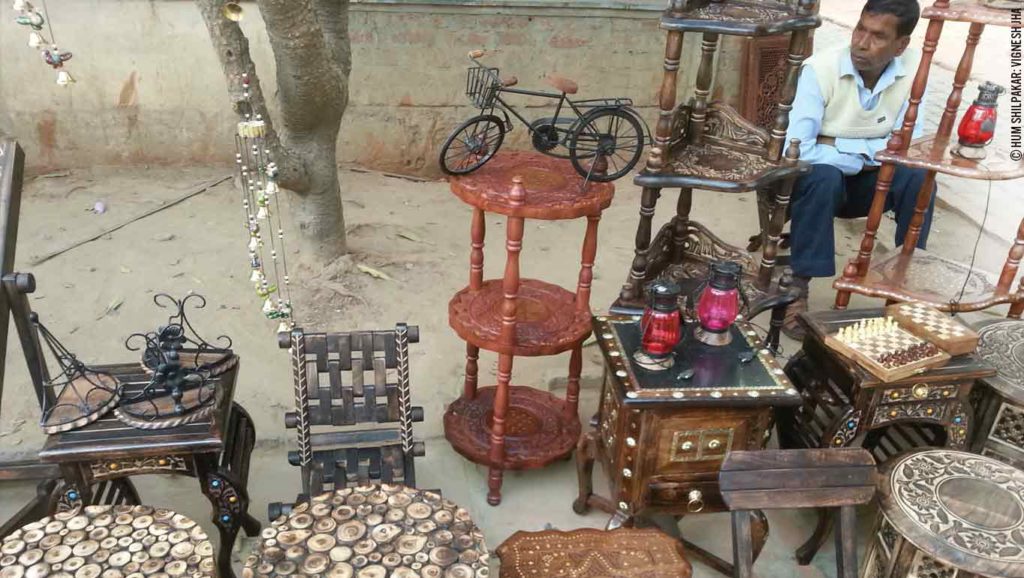NGOs play a key role in the march towards the attainment of Sustainable Development Goals (SDGs) 2030. The seventeen SDGs and the development agenda being an interwoven process, all concerned stakeholders must work together in synergy and target grassroots and ground zero initiatives, without the agenda remaining a formal exercise on paper. Translating development resources and building a sustainable future need a wider partner network of NGOs, community-based grassroots groups, unincorporated, and the incorporated private sector.
Challenges such as poverty, hunger, education and sustainable development can be addressed when people at the bottom of the pyramid have access to income-generating opportunities, tools and institutional support for doing business, equal education, better working conditions and green technologies. When informal ventures, micro and small enterprises are empowered, they drive positive change, leading to the attainment of SDGs. The purpose of this article is to showcase specific instances of NGOs that target SDGs, such as SDG1 #poverty, 2#hunger, 3#quality education and 8#decent work. Let’s look at these cases and understand how NGOs contribute to the SDGs.
Case 1: Deep Jyoti Kalyan Sansthan, NGO, Bihar, India.
#SDG1; #SDG2; #SDG4 #SDG8
A survey conducted by Deep Jyoti Kalyan Sansthan (DJKS), an NGO located in India’s Bihar state, revealed that the annual income of 70% of families belonging to the Musahar community is below US$ 250. Musahar means “people who eat rats.” With a low literacy rate of around 10% in most settlements, poverty, hunger and malnutrition are serious woes of the community. DJKS found that if every family can access social welfare entitlements, beginning with grains and pulses from the ration shops run by the Civil Supplies Corporation, this would go a long way to ensuring food security and addressing hunger, said its Director Subodh K. Ravidas. Accordingly, volunteers took steps to facilitate the community’s enrollment in the “Antyodaya Anna Yojana” (AAY) scheme which enabled them to access essential food grains. They also supported the community in creating income generation ventures such as mini poultry units, other micro-businesses, and the purchase of cattle in collaboration with donor NGO foundations. Encouraging parents to enrol their children in public primary schools was also part of their agenda so that access to quality education is materialized.
Case2: Education through Creation initiative by Pratichi Himachal Project: Snake charmer community
#SDG4
Take the case of the Bengala snake charmer community in Shimla, Himachal Pradesh. Here, primary education is a challenging task, with high dropout rates. Children join their parents at an early age to look after snakes in their custody, kept for display and entertainment purposes. These dropouts either engage in the upkeep of snakes, or work in construction sites, collect waste, or even resort to begging to survive. Pratichi Trust, an NGO, stepped in with an initiative called “Education through Creation,” which focused on creative workshops and community libraries to facilitate reading and encourage children to narrate stories, helping them to produce their own creative and artistic works, as well as facilitating dropout children enrolling back into schools. The introduction of creative and art workshops helped children become active learners. Had Pratichi Trust not intervened, children of snake charmers would have been excluded from educational opportunities. Innovative approaches like these are needed to educate children of nomads and tribals, which can, in turn, address issues of child labor as well.
Case 3: Empowering artisan entrepreneurs through digital transformation
#SDG1; #SDG8
Hum Shilpakar (HS) is yet another interesting case. A platform for artisans, introduced to safeguard their welfare and bring them into the mainstream by identifying different unique crafts and artisans, assisting them to link directly to the market through digital platforms and building capacity for group negotiations by creating self-help groups.
HS targets over 900 dyers and communities of craftsmen who have been in existence in India for centuries, and whose plight was brought to light during the pandemic. HS aims to empower these artisans by assisting them in the revival of their dyeing craft and helping them market their products effectively through digital platforms. “We create awareness about the value of their craft, the need for selling their products through e-commerce platforms, and connecting them with skilled individuals within their region to help them set up “e-shops” and build up a digital presence in order to reach out to potential customers. “Besides helping to revive the traditional handicrafts sector, this move will also help fight poverty and hunger and create employment avenues with dignity,” says its coordinator and convenor, Vighnesh Jha.

Case 4: Sustainable transport and rickshaw pullers:
#SDG11; #SDG1 #SDG8
The Federation of Cycle Pullers is an organized platform for providing legal, fiscal, technical and innovative support to the community of rickshaw pullers : e-Rickshaws, e-Carts, pedal rickshaws and cart pullers. Today, the Federation of Rickshaw Pullers’ Association (FoRPA) works effectively to enhance their identity, rights, bring about decent wages and social security, and assist the transformation into formal sector entrepreneurs.
The process includes transforming manually pulled rickshaws into “e-rickshaws” and “solar-powered rickshaws” in order to enhance the revenue of these rickshaw entrepreneurs. Even a tiny increase in their daily earnings from $ 2-5 could result in a substantial improvement and make a difference to their lives, helping them to support their families and educate their children. Furthermore, FoRPA facilitates bank loans ranging from US$ 200 to 1500, which helps them convert their manual rickshaws to battery-powered e-rickshaws.
In conclusion, the cases cited above show how effectively NGOs can intervene in sustainable development. However, grassroots NGOs must not be excluded from technical support, access to resources and tools that enable them to contribute much more effectively to the SDGs. The critical aspect for the UN is to explore options on identifying, broadening and strengthening the NGO partnership network for much more meaningful collaboration on SDGs.



